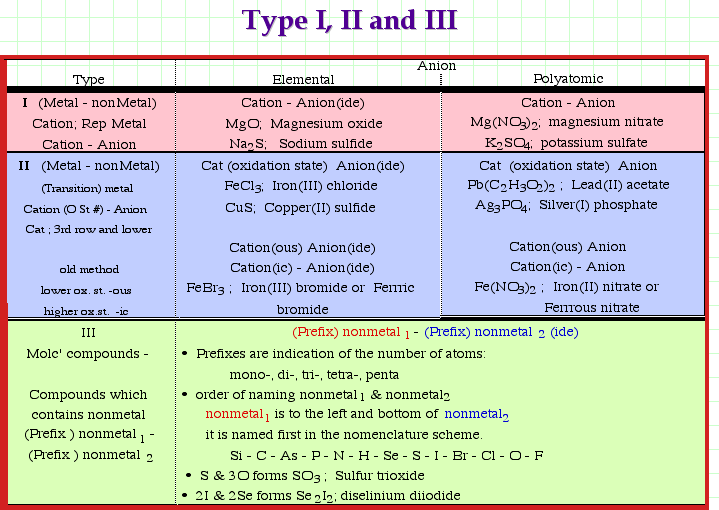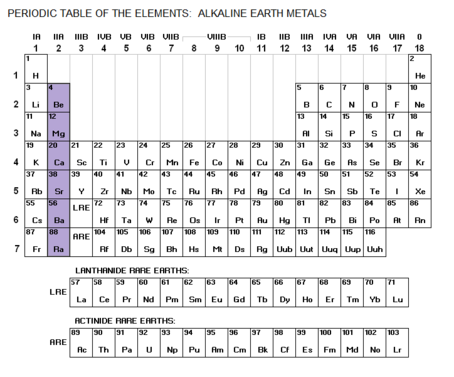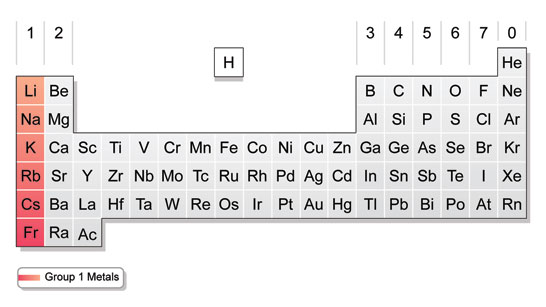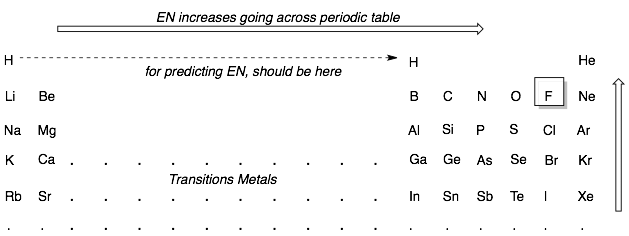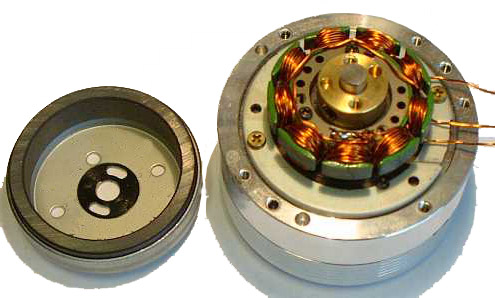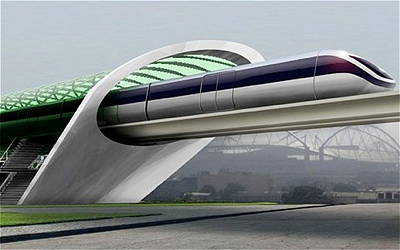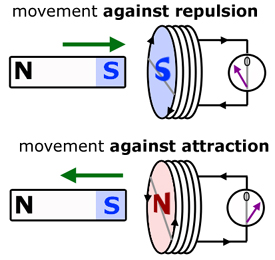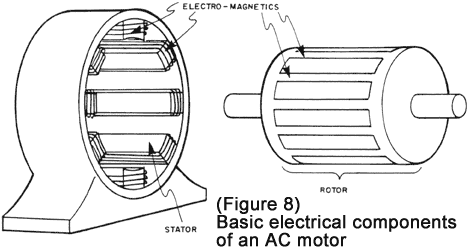Ion naming convention
07/22/16
“How do we name ionic chemicals?”
When Chemists started describing elements, they ran into a problem. It turns out that keeping track of which element they are working with is an ion and which is not proved to be very difficult. So , they decided to create a few rules to keep track of everything. Let us their methods with the three cases for cations (positive charge ions), and then move to the three cases for anions and wrap up with the convention for molecular compounds containing both cations and anions.
If the cation in question is a metal who only has one ionic form such as lithium[Li] or potassium[k], then one will simply add ion to the end. For example, lithium[li] would become Lithium ion [Li+], and potassium[K] would become potassium ion [K+].
If the cation is a metal that can have multiple ionic forms, then a roman numeral indicating charge combined with the ion suffix will be added. For example, copper[Cu] could be copper(I)[Cu+] with an ionic charge of +1 or copper(II)[Cu+2] with an ionic charge of +2.
If we are dealing with non-metal compounds then we will have the last syllable be -ium. For example, [H3-O] will be called hydronium, and [NH4] will be called Ammonium.
Now, let us begin with the negatively charged anions. If the anion in question is monoatomic (having only one atom), then we will take the ending of the atom’s name and replace it with the -ide. For example, the anionic form of hydrogen[H] will be hydride[H-], and Oxygen[O] will become Oxide[O-].
If the anion in question is polyatomic (multiple atoms), then we will take the ending of the compound’s name and replace it with the suffix -ite for compounds with a net charge of -2 (For example, CO2- will become chlorite and CO3- will become chlorate). Continuing on, polyatomic atoms that have a -1 charge will have the prefix hypo- attached to the -ite form (For example, CO- will become hypo-chlorite) and ones with a -4 charge will have -per prefix attached to the -ate form (For example, CO4- will become per-chlorate).
If the Anion contains an Hydrogen ion [H+] within the name, then the prefix Hydrogen or Dihydrogen in the case of double will be added. For example, HCO3- will become the hydrogen carbonate ion, and H2PO4- will become dihydrogen phosphate ion
If the molecule in question is multiple forms of the same atom bonded to itself, then you would put a prefix before it’s name (pre- for two, tri- for three, and so on) to represent the atom. For example, O2 becomes peroxide, and O5 is pentaoxide
Now, finally, how do we name the element if they consist of a cation+anion? Well, we simply put the name of the cation first and anion last! For example, [CaCl2] will be Calcium Chloride and [AL(NO3)3] will be aluminum nitrate.
